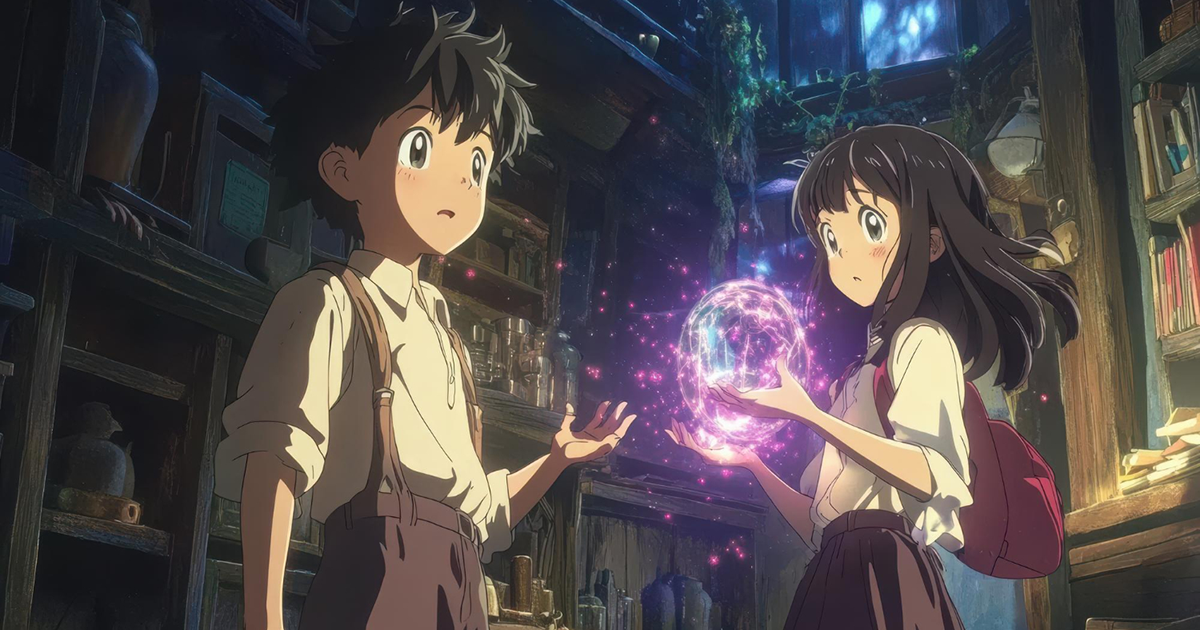
The Enchantment of Manga
Introduction to Manga Manga has a magical allure that captivates millions around the globe. Whether you’re flipping through vibrant panels or getting lost in intricate […]

Introduction to Manga Manga has a magical allure that captivates millions around the globe. Whether you’re flipping through vibrant panels or getting lost in intricate […]
Copyright © 2025 | WordPress Theme by MH Themes